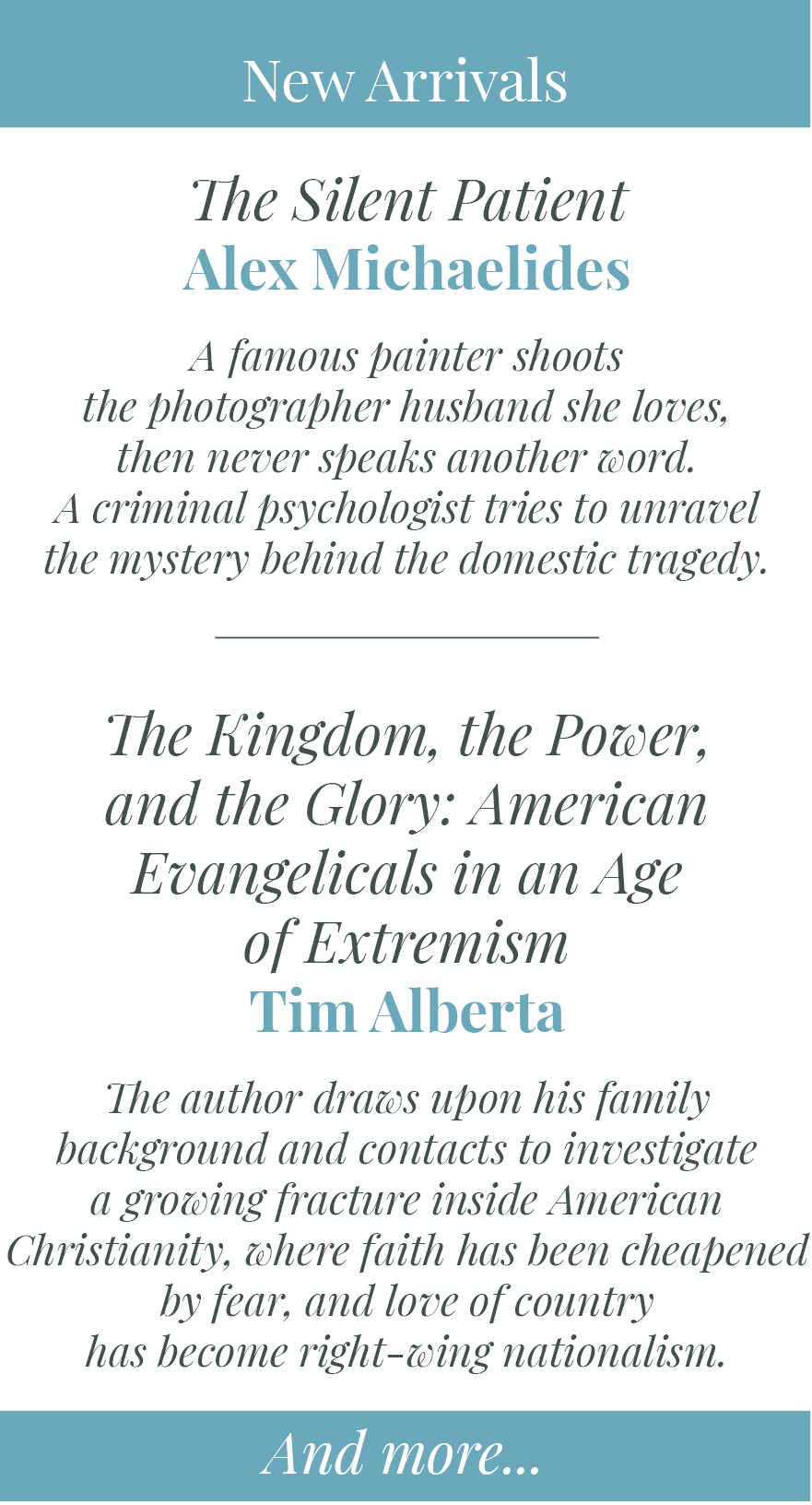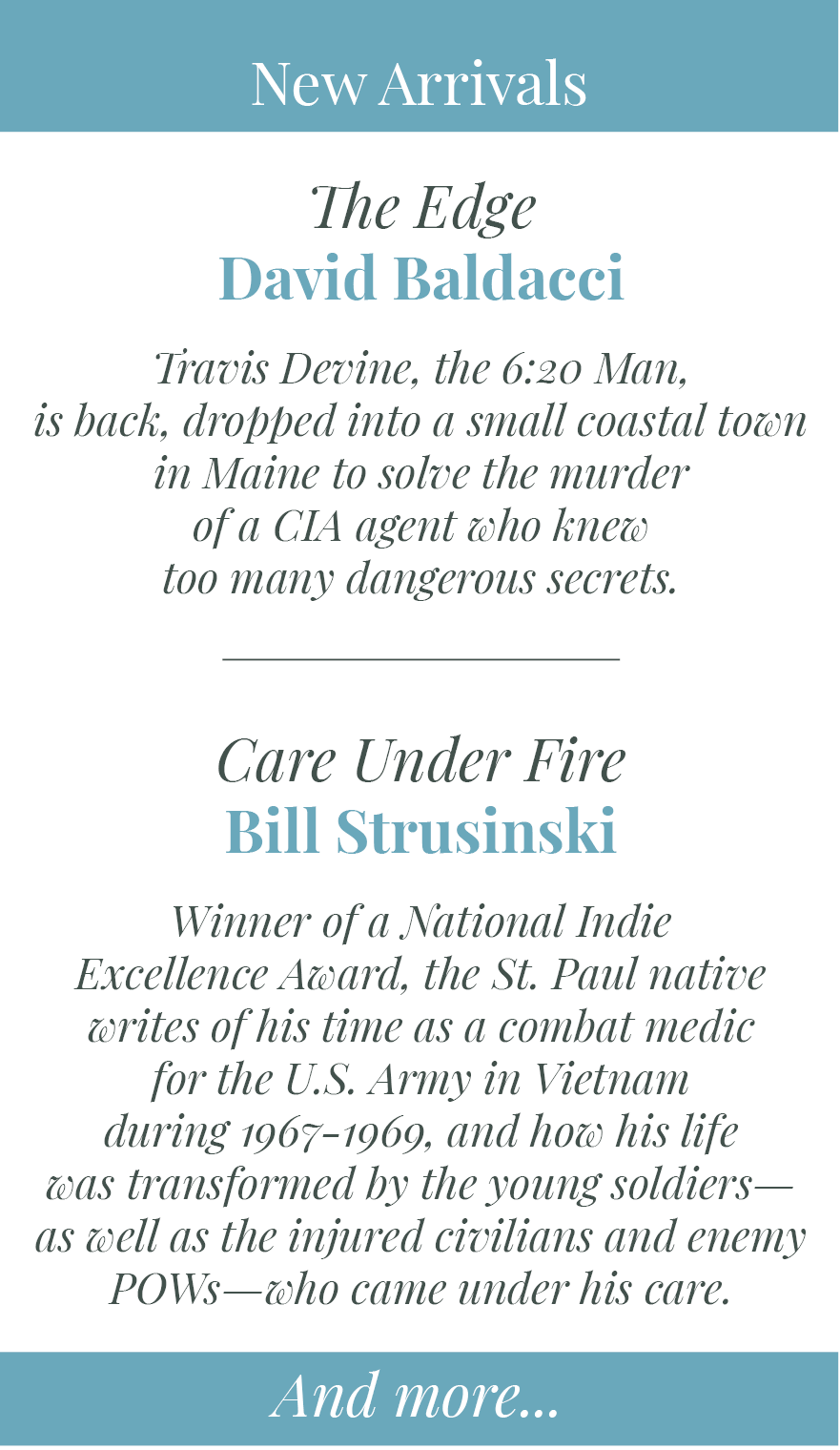momentary force of will, but ready to spill out once again. This work is personal, heartfelt, written with great emotional integrity, and is deeply philosophical.
His opening lines begin: “I am unfinished business./ The business that did not finish me/ or my parents/ won’t leave my children in peace.” Joudah’s last few lines are a feeling expressed by the “Sunbird”: “I flit/ from gleaming river/ to glistening sea./ From all that we/ to all that me.” A human desire to have a freedom to roam, not just destroy. In between these two poems are so many more perspectives that this book reminds me that poets offer a language of life and help us glimpse a little of how to be human. Published by Milkweed editions, 2024.
that both scientists and humanists can appreciate, helping us to recognize and understand our own emotions and to build empathy for others. Thus, what seems the most solitary of practices can connect us to other communities, in other times and places. These observations helped me understand why I learn and retain more about the complicated machinations of the Tudor court from Hilary Mantel’s Wolf Hall than from a nonfiction history of that period, however excellent. No offense meant to those of our residents who enjoy nonfiction, but the emotional impact of story can trump history. It goes back to the classical precept of “please and instruct:” art instructs by pleasing.
As we know, Coffman residents are great devourers of fiction. What do we read? Our choices often meld with those of our surrounding community. The Library Committee, through its monthly and annual book acquisitions and resident donations, strives to gratify these tastes. The top five fiction books checked out of the St. Anthony Park Library in 2023 were Demon Copperhead by Barbara Kingsolver, Lessons in Chemistry by Bonnie Garmus, I Have Some Questions for You by Rebecca Makkai, Hello Beautiful by Anne Napolitano, and Saturday Night at the Lakeside Supper Club by J. Ryan Stradal. All these novels are also in the Coffman collection. Finally, novels, like self-help books, do proffer counsel, subtly and attractively imbedded in character and story. What are some useful precepts—coated in bedtime chocolate—that you can glean from our Library? In The House of Doors by Booker Prize contender Tan Twang Eng, when a woman discovers her husband is unfaithful, a friend tells her: “. . . from this time on, no man can bring you sorrow, only yourself.” That’s pretty good advice on autonomy for the non-single as well as the single. In What You Need to Know Is in the Library by Michiko Aoyama, a mysterious librarian directs each visitor to a book that unexpectedly fills their needs. My favorite quote: “In a world where you don’t know what will happen next, I just do what I can now.” So read, enjoy, and be healthy!
The shocking circumstances surrounding the murder are not revealed until the very end of the book. Meanwhile the reader is left to speculation, based partly on Dexter’s last words, that the motive has something to do with the close relationship that develops between Dexter and Pete’s wife after Pete is reported missing in action and presumed dead. This is proven false when an emaciated and injured Pete returns home four years later.
In a flashback, Grisham describes Pete’s experiences after the surrender of US armed forces in the Philippines in 1942. He provides a well-researched and compelling account of the brutality of the Bataan Death March, and what it was like to be held in a Japanese prisoner of war camp. Eventually Pete escapes and joins resistance units that attack Japanese forces when the opportunity presents. This makes this novel part history book as well as a murder mystery and love story. The Reckoning is probably my favorite of all the Grisham books I have read, and I’m a big fan. The story’s slice of WWII history, interesting characters, and unexpected ending make it worth a read. Losing Music: A Memoir by John Cotter Reviewed by David and Faye Herold, originally published in the March 2024 issue of the 1666 Coffman Newsletter At age thirty the author, an editor of medical newsletters, realized he could no longer hear the ocean. Familiar music, even played more loudly, was missing much that he had formerly heard. His hearing loss progressed over the next ten years, accompanied by tinnitus and vertigo. His search to get to the bottom of things took him to visits with specialists of the ear— audiologists, otologists, neurologists, and each came to his condition from a different perspective based on their training. He tried the House Ear Clinic in Beverly Hills, and as a last resort the Mayo Clinic in Rochester, MN. He writes of his experiences with coping—the limitations of even the best hearing aids, and the realization that he was among society’s little-regarded disabled. He mentions the very obvious ear horns of an earlier age (cupping a hand to the ear increases sound six decibels), and that today’s hearing aids are deliberately designed to hide a disability. Beethoven’s deafness is briefly considered, and from the letters of Jonathan Swift he extracts a life-ending suffering from what was almost certainly Meniere’s Disease before this condition of the ear was described by medical science. Helen Keller is attributed as saying “blindness separates people from things; deafness separates people from people.” This book, in the Biography section of the Library under Cotter, is sure to deepen a reader’s appreciation of hearing loss for the disability it really is. Also, in the 1666 Authors section on the upper level of the Library (and available on Kindle), you can find Sounding the Soul: The Art of Listening, a book about sound, music, the ear, and listening, by our Mary Lynn Kittelson. |
NewsletterCoffman residents, signup for monthly updates from the Library! Thank you!You have successfully joined our subscriber list. Posts by Year
All
Posts by Month
April 2024
|







